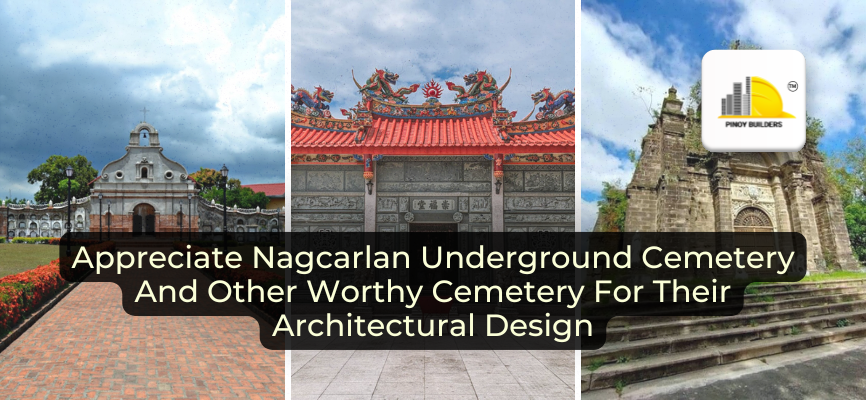Cemeteries have a profound significance in Filipino culture. In our country, these places serve as sacred spaces for us to remember, reflect, and connect with our past. Cemeteries are not merely resting places for our departed, but they are also cultural landmarks that embody the history and traditions of the communities they belong to.
Among these consecrated grounds, the Nagcarlan Underground Cemetery stands as one of the most unique, existing as the only known underground cemetery in the entire Philippines. Combining architectural beauty with rich historical narratives, Nagcarlan is certainly a historical landmark worth visiting this coming season to celebrate the dead.
In this article, let’s explore the architectural designs of various cemeteries in the Philippines, highlighting notable examples such as Nagcarlan Underground Cemetery and its significance.
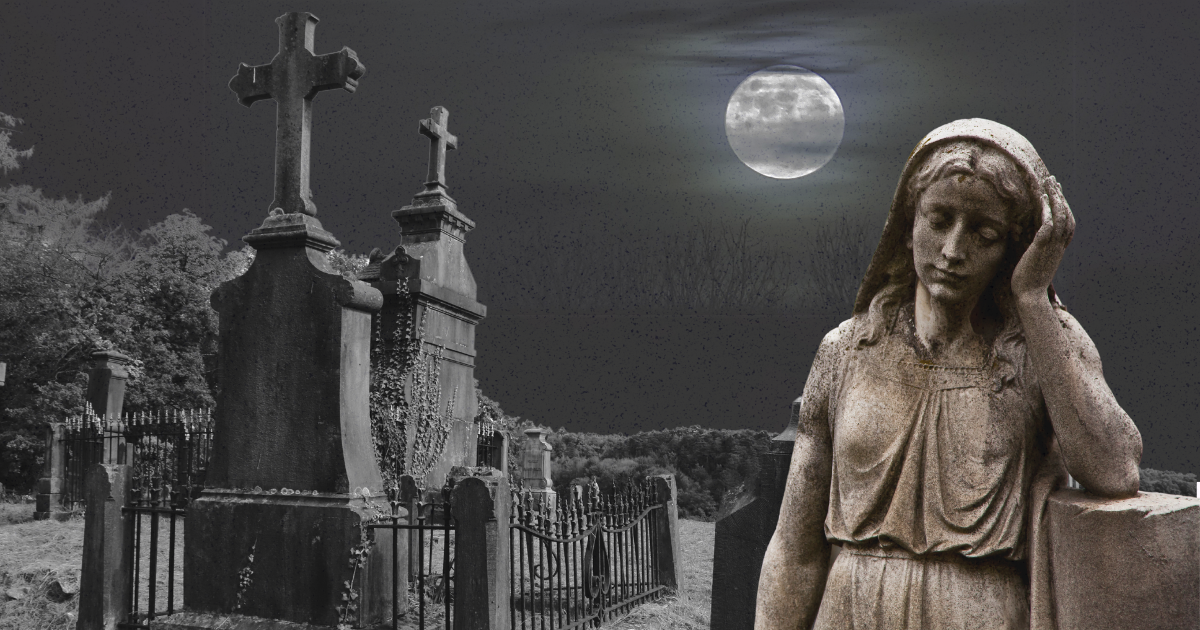
Cemeteries in the Philippines: A Cultural Link
The historical context of burial practices in the Philippines is proof of our diverse customs that are directly influenced by our indigenous beliefs, colonial history, and religious traditions. Cemeteries play a crucial role during the Undas season. A time when families honor their ancestors, cemeteries serve as a special place where we can express and experience a deep cultural connection to our cultural past.
The architectural styles of burial grounds are always unique. Most burial grounds reflect local culture and beliefs, showcasing a blend of influences that resonate with Filipino identity. Common architectural features found in Philippine cemeteries include elaborate tombstones, intricate carvings, and memorial chapels that serve both functional and aesthetic purposes. One of these cemeteries is the Nagcarlan Underground Cemetery, located in Laguna.
Nagcarlan Underground Cemetery
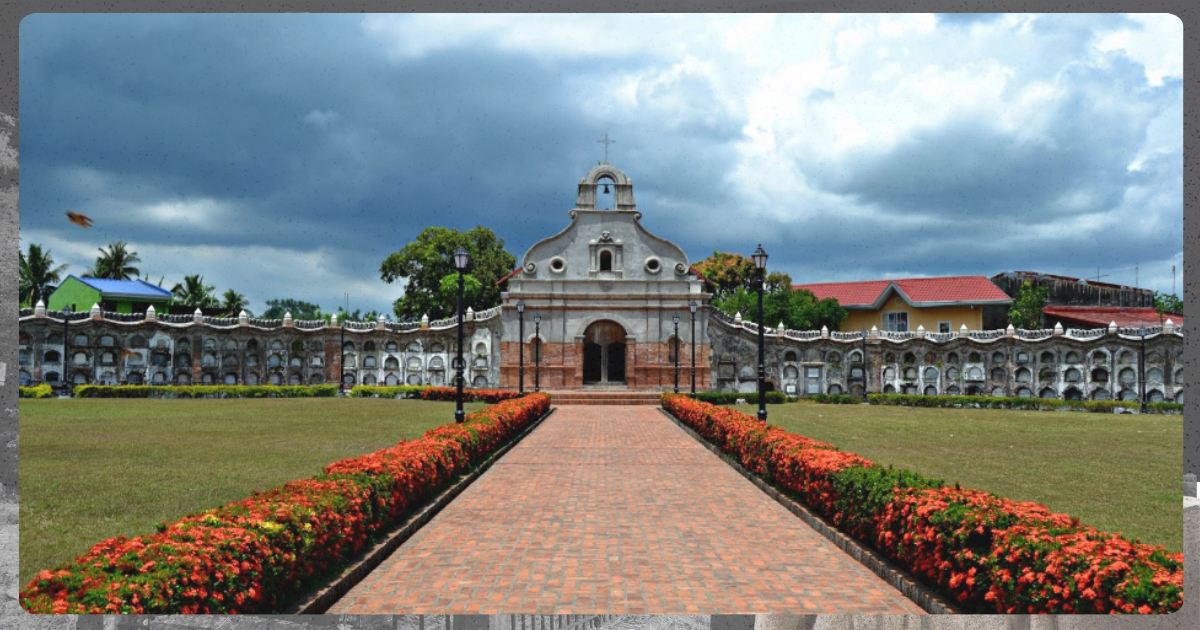
The Nagcarlan Underground Cemetery, located about two kilometers south of downtown Nagcarlan, is a striking example of Baroque architecture and an exceptional cultural landmark in the Philippines. Encircled by octagonal stone walls adorned with red tiles and intricate iron-wrought grills, this unique cemetery occupies a circular, one-hectare property.
A majestic 18-foot-high facade with two iron grill gates provides access to the cemetery, opening onto a red-tiled pathway that winds through a well-kept green space and leads to the chapel at its center.
The cemetery chapel is a notable feature of the site, both for its architecture and its function. Inside, the statue of Santo Sepulcro serves as a focal point for requiem or funeral masses, adding to the solemn and sacred atmosphere of the place. The chapel is not only a place for prayer but also a gateway to the cemetery’s most famous feature—the underground crypt.
Located 15 feet below the chapel, the underground graveyard contains 36 tombs arranged along four walls. This hidden crypt is accessible via two flights of stone steps. The first set of nine steps leads to an evocative Spanish inscription that reads:
“Go forth, Mortal man, full of life
Today you visit happily this shelter,
But after you have gone out,
Remember, you have a resting place here,
Prepared for you.”
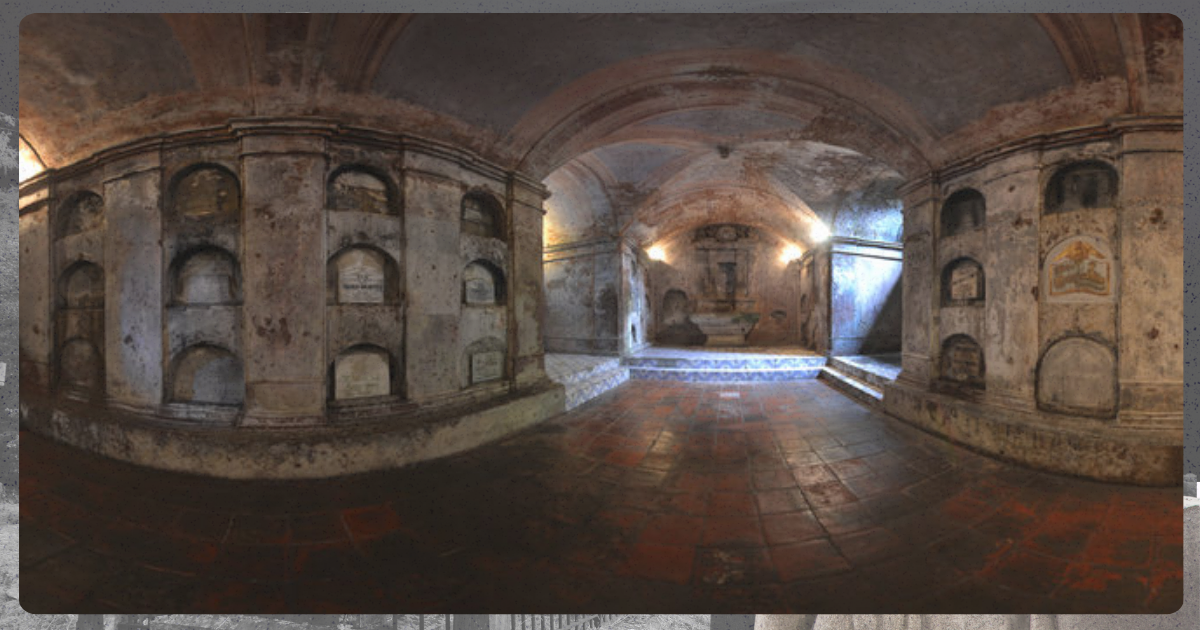
Image from 360 Cities
Inside Nagcarlan Underground Cemetery
Apart from the crypt, the Nagcarlan Cemetery features 240 apartment-type niches situated along the outer walls of the complex, with 120 niches lining each side of the chapel. In total, the cemetery contains 276 niches for the deceased.
As a National Historical Landmark, Nagcarlan Underground Cemetery plays an important role in the local community. Both tourists and scholars find it a destination due to its unique structure and its role in significant historical events.
During the Undas season, it becomes a focal point for those paying tribute to their ancestors while appreciating the architectural grandeur of this extraordinary cemetery.
Other Noteworthy Cemeteries to Visit During Undas Season
La Loma Cemetery, Metro Manila

Image from Philippine Star
This cemetery, primarily located in Caloocan City, with its southern part located in Manila, holds significant historical importance as it houses the remains of notable figures. Its architectural features include elaborate tombs and mausoleums that reflect various artistic styles.
During the Undas season, La Loma is alive with cultural events, drawing families and visitors who gather to honor their loved ones.
Manila Chinese Cemetery, Manila
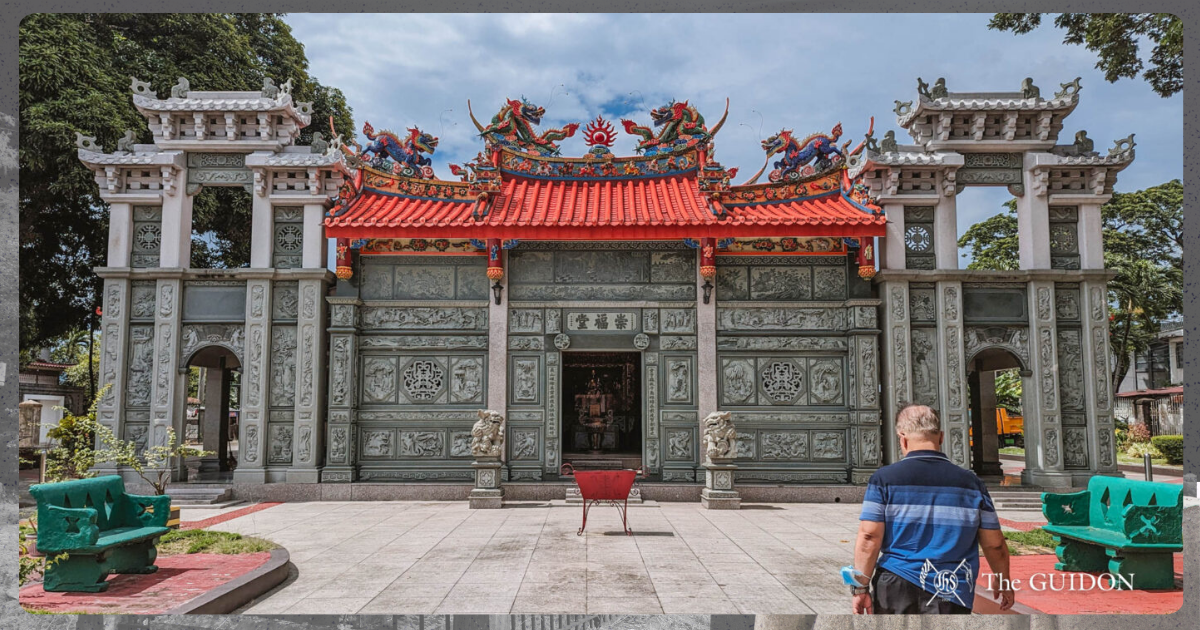
The Manila Chinese Cemetery showcases a unique architectural style influenced by Chinese culture. It is a testament to the rich history of the Chinese community in the Philippines, featuring ornate mausoleums and structures that reflect traditional designs. This cemetery also serves as a cultural landmark, with notable mausoleums that tell stories of the families interred there.
San Joaquin Campo Santo
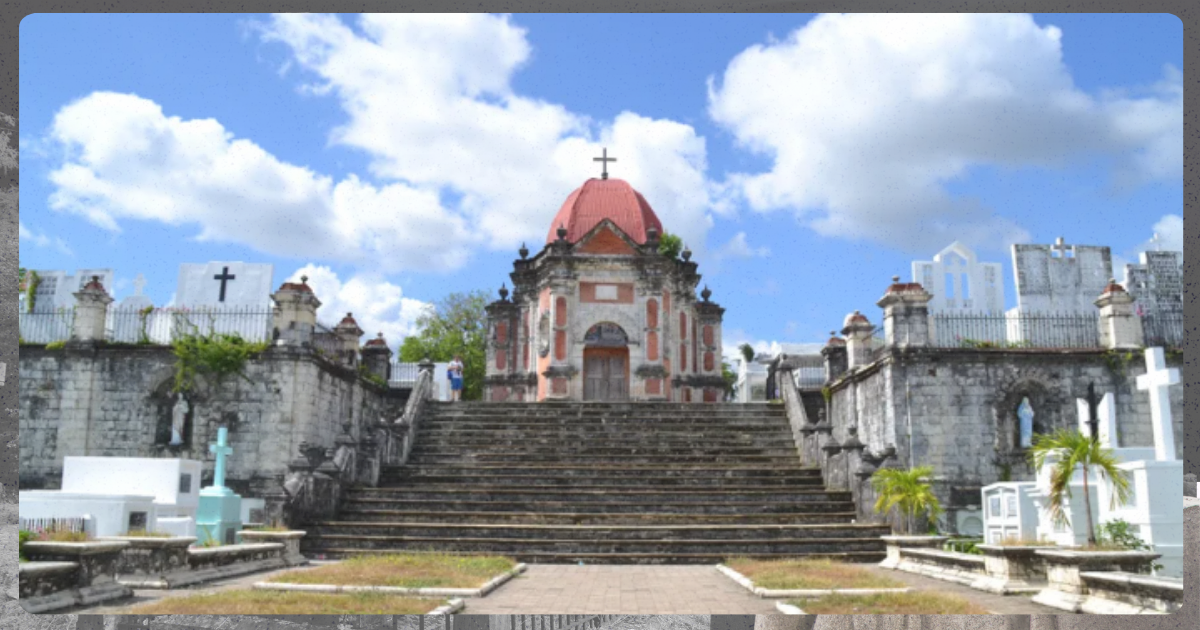
Image from Guide To The Philippines
With its historical significance and notable burials, San Joaquin Campo Santos cemetery is a place where local heritage is preserved. Residents who visit to pay their respects and connect with their history recognize the importance of the architectural elements reflecting the community’s identity.
Mga Kakaibang Libingan Sa Pilipinas
The architectural and historical significance of the special cemeteries included in this list underscores the rich cultural heritage embedded within these sites. As the Undas season approaches, there is a call to appreciate and respect these cemeteries, recognizing their role in honoring the past. Visiting these sites allows individuals to connect with their history, ensuring that the stories of those who came before are not forgotten.
References:
Wikipedia. (n.d.). La Loma Cemetery. Wikipedia. Retrieved October 21, 2024, from https://en.wikipedia.org/wiki/La_Loma_Cemetery
Wikipedia. (n.d.). Nagcarlan Underground Cemetery. Wikipedia. Retrieved October 21, 2024, from https://en.wikipedia.org/wiki/Nagcarlan_Underground_Cemetery


